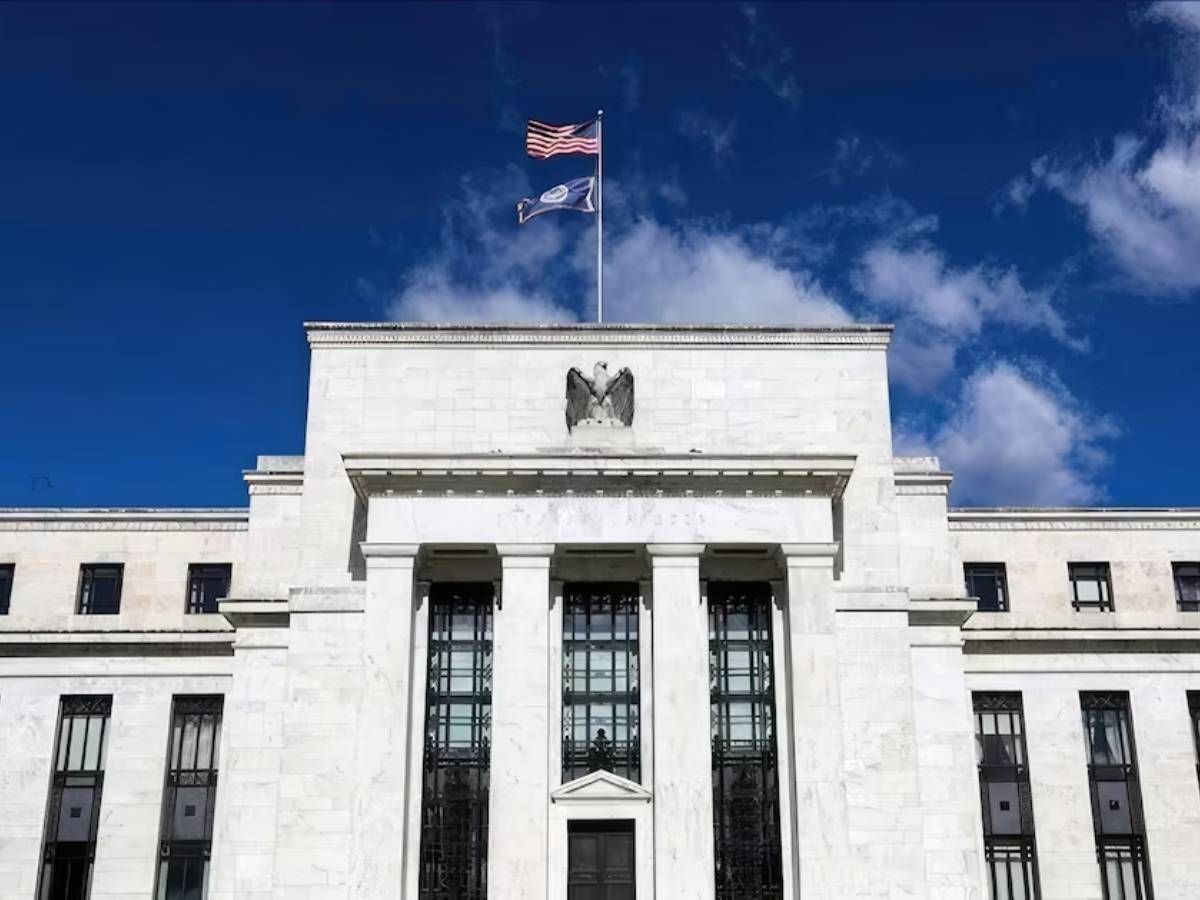
Fed Holds Interest Rates Steady, Defying Trump’s Push for Cuts. What It Means for Mortgage
The Federal Reserve just sent a clear message: it’s not backing down.
For the third straight meeting, the central bank left interest rates unchanged, defying calls from President Donald Trump to slash borrowing costs and instead signaling mounting worries over how his escalating trade wars could destabilize the U.S. economy.
The decision keeps the benchmark federal funds rate locked between 4.25% and 4.5%, right where it’s been since December. Here’s how that could influence everything from your mortgage to your job prospects in the months ahead.
Inflation Fears vs. a Weakening Labor Market
The Fed’s official statement Wednesday was cautious but telling: “Uncertainty about the economic outlook has increased further.”
Translation: Trump’s tariffs—which have expanded far beyond initial expectations—are throwing a wrench into the central bank’s plans. On one hand, tariffs could drive prices higher, pushing inflation away from the Fed’s 2% target. On the other, they could slow economic growth, weaken business investment and provoke job losses.
“I can’t recall a time when the Fed has upgraded both growth and inflation risks quite so starkly,” says Guy LeBas, chief fixed-income strategist at Janney Montgomery Scott.
Fed Chair Jay Powell acknowledged the dilemma in his press conference, noting the “tariff increases announced so far have been significantly larger than anticipated.” The central bank, he said, is in no “hurry” to adjust policy until the economic fallout becomes clearer.
Why It Isn’t Bowing to Trump’s Demands
Trump has been relentless in pressuring the Fed to cut rates, even publicly mocking Powell as “Mr. Too Late.” But the Fed’s independence is a cornerstone of U.S. economic policy, and Powell isn’t bending, at least not yet.
The problem is that the Fed’s dual mandate—keeping inflation in check while maximizing employment—is getting harder to balance.
- Inflation is creeping up. The Fed’s preferred inflation gauge, the Personal Consumption Expenditures (PCE) index, rose 2.3% in March, above target.
- But the job market could weaken. Although unemployment is low at 4.2%, business surveys show growing anxiety over tariffs, which could translate into hiring freezes or layoffs.
If inflation spikes while job growth slows, the Fed could be stuck in a policy no-man’s-land, unable to cut rates (which would risk more inflation) or hike them (which could hurt workers).
What This Means for Mortgage Rates and the Housing Market
If you’re waiting for mortgage rates to plunge, don’t hold your breath. The Fed’s cautious stance means rates are likely to hover in their current range—between 6.5% and 7%—for the foreseeable future. That’s a far cry from the sub-3% rates seen during the pandemic, and it’s keeping the housing market in a deep freeze.

Key Trends Shaping Real Estate Right Now
- Sales Are Stuck at Decade Lows
- Total home sales (existing and new) have been below 4 million annually since mid-2024, the lowest level in over a decade.
- Pending sales fell again in April for the fourth straight month of declines.
- Buyers Have More Choices, But Can’t Afford Them
- Active listings surged 30.6% in April compared with last year, the highest inventory for any April since 2019.
- But with mortgage rates near 7%, many buyers are still priced out.
- Sellers Are Slashing Prices
- A record 18% of listings saw price cuts in April, the highest share for any April since at least 2016.
- “Buyers are likely to see more flexibility from sellers,” says Realtor.com’s Danielle Hale. “But affordability is still a huge hurdle.”
Who’s Getting Squeezed the Most?
- First-time buyers: High rates and stubborn home prices are pushing homeownership further out of reach.
- Move-up buyers: Those looking to trade into a larger home are stuck, unwilling to give up their low-rate mortgages.
- Builders: With demand weak, new construction is slowing, which could worsen the long-term housing shortage.
The Bigger Economic Risks Ahead
Apart from housing, the Fed’s standoff with Trump’s trade policies could ripple through the entire economy.
- Corporate earnings could take a hit. Companies inflicted with higher import costs may cut jobs or raise prices.
- Consumer spending may slow. If inflation keeps rising, everyday essentials (from groceries to gas) will get pricier.
- Market volatility could return. Investors hate uncertainty, and the Fed’s “wait-and-see” approach could spark more stock market swings.
The Fed Is Playing the Long Game
Powell and his team are betting that patience will pay off. Rather than react to Trump’s tweets or short-term political pressure, they’re waiting for concrete data on how tariffs are actually affecting growth, jobs and prices.
For now that means:
- No rate cuts soon (notwithstanding Trump’s demands).
- Mortgage rates staying high (sorry, homebuyers).
- A housing market stuck in neutral (with more listings but fewer buyers able to pull the trigger).
The wild card: whether Trump escalates trade wars further—forcing the Fed into a corner. If that happens, all bets are off. The economic rollercoaster isn’t slowing down anytime soon.



